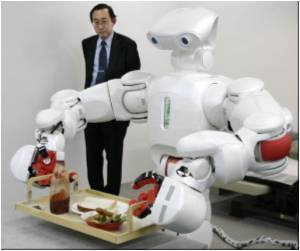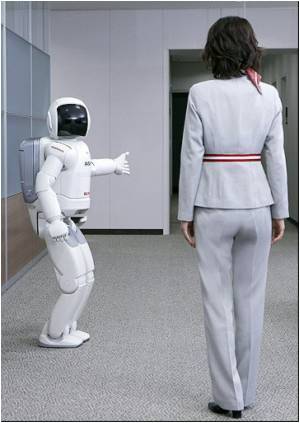
Learning to control a robotic arm or a prosthetic limb could become second nature for people who are paralyzed.
Rajesh Rao, a UW professor of computer science and engineering and a senior researcher involved in the study, said that there is a lot of engagement of the brain's cognitive resources initially, but as people get better at the task, these resources aren't needed anymore and the brain is freed up.
For the study, Rao collaborated with Jeffrey Ojemann, a professor of neurological surgery, and Jeremiah Wander, a doctoral student in bioengineering study.
In the study, seven people with severe epilepsy were hospitalized for a monitoring procedure that tries to identify where in the brain seizures originate.
Physicians cut through the scalp, drilled into the skull and placed a thin sheet of electrodes directly on top of the brain. While they were watching for seizure signals, the researchers also conducted this study.
Advertisement
Electrodes on their brains picked up the signals directing the cursor to move, sending them to an amplifier and then a laptop to be analyzed.
Advertisement
Researchers found that when patients started the task, a lot of brain activity was centered in the prefrontal cortex, an area associated with learning a new skill.
But after often as little as 10 minutes, frontal brain activity lessened, and the brain signals transitioned to patterns similar to those seen during more automatic actions.
The study has been published online in the Proceedings of the National Academy of Sciences.
Source-ANI









